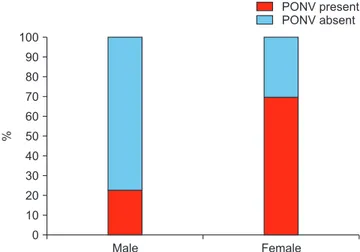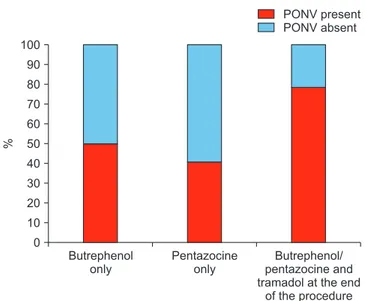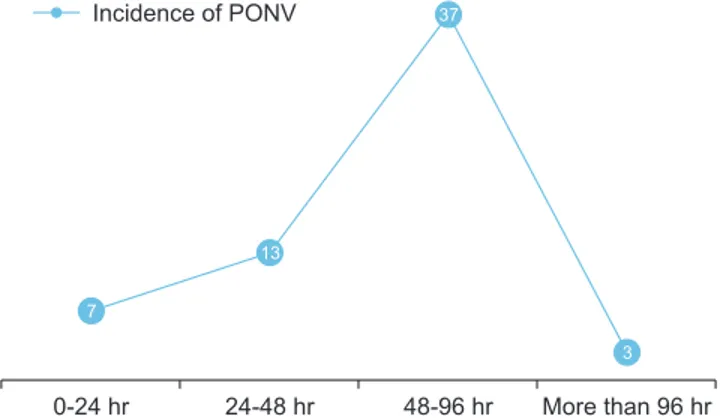관련 문서
In this study, it can be seen that sex and metabolic syndrome are important for biological factors, and occupation, smoking, and exercise are important
Definition of patients presenting a high risk of developing peritoneal carcino- matosis after curative surgery for colorectal cancer: a systematic review..
Age at diagnosis after 30 years, baseline serum creatinine levels, and cyst infection are the independent risk factors for kidney failure, as found in this
Further research on other intraoperative risk factors, such as flap thickness and length of incision, in addition to the incision type, may help in improving the postoperative
This showed that the surgical outcome was successfulin 269 patients (98.89%),butthe revision surgery due to surgicalrelapse was performed in three patients.Of 152 patients
Undiagnosed malignancy in patients with deep vein thrombosis: incidence, risk indicators, and diagnosis.. Monreal M, Fernandez-Llamazares J, Perandreu
A Retrospective Study of Prevalence and Risk factors for Neonatal Occipital
(Result) The reports of nausea, vomiting, abdominal discomfort, jaundice and hepatomegaly in acute hepatitis A patients and febrile sensation, chillness,


